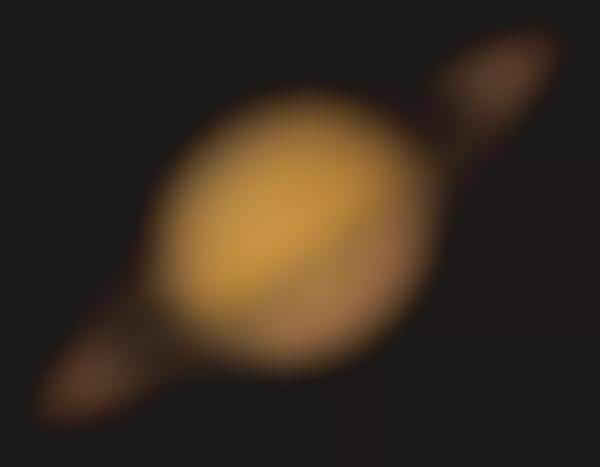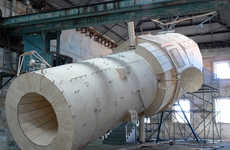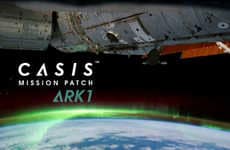
Icy Formations Found in Saturn's Rings
Chelsea MacMillan — July 23, 2010 — World
References: jpl.nasa.gov & sciencedaily
NASA's Cassini has been in orbit around Saturn for six years now and has just produced images of snowball-like formations. The larger of Saturn's two moons, Prometheus, is orbiting around Saturn's F ring clumping icy particles into giant space snowballs as it swings by the planet.
The particles reside right at the equilibrium point between the tidal force and self-gravity of Saturn, which is why they are able to form. The so-called space snowballs are dense enough to have their own "self-gravity" and thus will continue to grow unless they are broken apart by another force.
The particles reside right at the equilibrium point between the tidal force and self-gravity of Saturn, which is why they are able to form. The so-called space snowballs are dense enough to have their own "self-gravity" and thus will continue to grow unless they are broken apart by another force.
Trend Themes
1. Giant Space Snowballs - The discovery of giant space snowballs in Saturn's rings presents an opportunity for space exploration and mining companies to study and tap into these icy formations for potential resources.
2. Equilibrium Point Formation - Understanding the formation of icy particles at the equilibrium point in Saturn's rings can lead to advancements in celestial mechanics and potential applications in satellite technology.
3. Self-gravity Properties - Exploring the self-gravity properties of space snowballs can inspire innovative materials and structures that mimic these properties for space-related technologies.
Industry Implications
1. Space Exploration - The discovery of giant space snowballs in Saturn's rings offers a unique opportunity for space exploration companies to study and potentially mine these formations for scientific research and resource extraction purposes.
2. Astronomy - Astronomy researchers and scientists can benefit from studying the formation and behavior of space snowballs in Saturn's rings to gain valuable insights into planetary dynamics and ring systems.
3. Materials Science - Materials science industries can leverage the understanding of self-gravity in space snowballs to develop new materials with enhanced properties such as self-assembly and improved structural integrity.
0.6
Score
Popularity
Activity
Freshness























